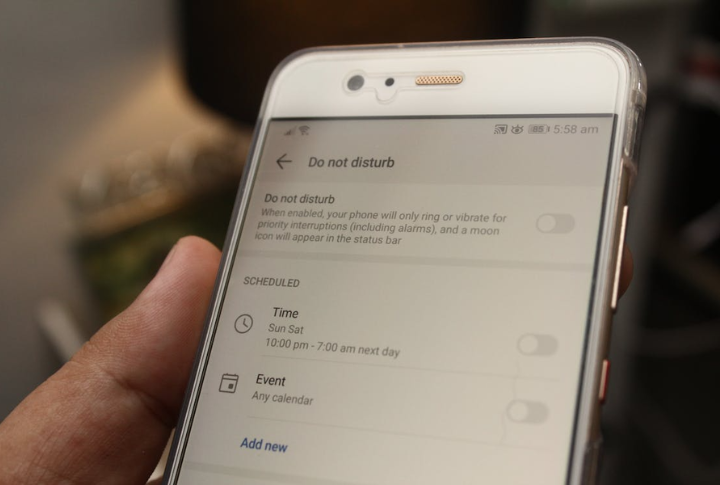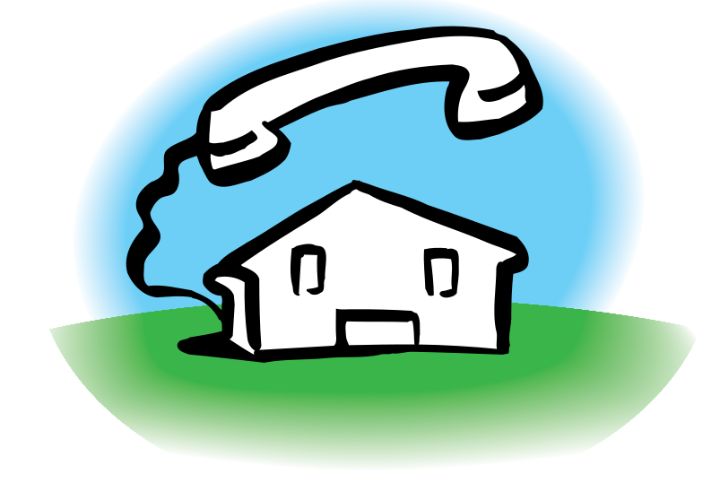
Spam calls slip through, no matter how cautious you are. They show up with fake numbers or unwanted offers, catching you off guard. Fortunately, there are reliable ways to take control of the situation. Here are 10 smart strategies that can make a difference.
Identify Spam Calls Early

Unknown numbers, robotic messages, and sudden urgency are usually your first clues. Many phones now highlight likely spam before you even pick up the call. But con artists spoof local numbers to look familiar, so don’t let your guard down. If there’s any doubt, never share personal or financial information.
Use Built-In Phone Features

Your smartphone already has tools to limit spam. On iPhones and Androids, you can silence calls from unfamiliar callers or set your device to “Do Not Disturb” except for contacts. Google’s Call Screening takes it a step further by screening callers in real-time. Repeat offenders? Block them directly.
Register With The National Do Not Call Registry

Signing up takes just minutes and helps reduce telemarketing calls. Companies that follow the rules must respect them. While fraudsters ignore the list, the registry still lowers your odds. If your number gets spammed anyway, report the incident to support enforcement efforts.
Leverage Call-Blocking Apps

Apps like RoboKiller, Truecaller, Hiya, and Nomorobo give you extra protection. These tools maintain massive databases of reported spam numbers, so you’re warned before picking up. Tailor the filters to match your preferences, and let a few services block spam calls instantly before they ever reach you.
Be Cautious Online

Sharing your number casually online opens the door to spam. Some websites sell contact data to marketers. Instead, use a backup number for forms or sign-ups. Also, review privacy settings in your apps—some permissions may leak more information than you realize, especially on social media platforms.
Effective Phrases To Shut Down Spam Calls

Certain responses work better than hanging up. Try a firm “I do not consent to this call. Please remove me from your list.” A reminder about the Do Not Call Registry might stop them if that doesn’t stop them. You also have the option to flip the script with “Who authorized this call? Can I speak to your supervisor?”
Report Spam Calls

Don’t just block—report. The FTC and local consumer agencies collect complaints to help identify patterns and take necessary action against the deceptive callers. Use their websites or hotlines to submit details like the call’s number, time, and content. Even a brief complaint helps support broader enforcement efforts.
Avoid Engaging With Spam Calls

Let unfamiliar calls go to voicemail. Picking up can signal that your number is active. Some robocalls ask you to press a button—don’t. That interaction may lead to more spam or extra charges if you’re routed to premium-rate lines. The safest move? Stay calm and hang up quickly.
Use A VoIP Or Secondary Number

When signing up for something online, use a VoIP number instead of your main one. Services like Google Voice or Burner create temporary lines for extra privacy. It’s easier to change these if spam becomes a problem. Keeping your business and personal calls separate also cuts down on exposure.
Stay Updated On Scam Trends

Phone swindlers constantly adjust their methods. Keep up by checking alerts from the FTC and similar sources. Online forums and reporting apps often catch new tactics quickly. As spam tactics shift, so do your tools—update your phone’s security settings regularly to stay ahead and keep those filters working at their best.

